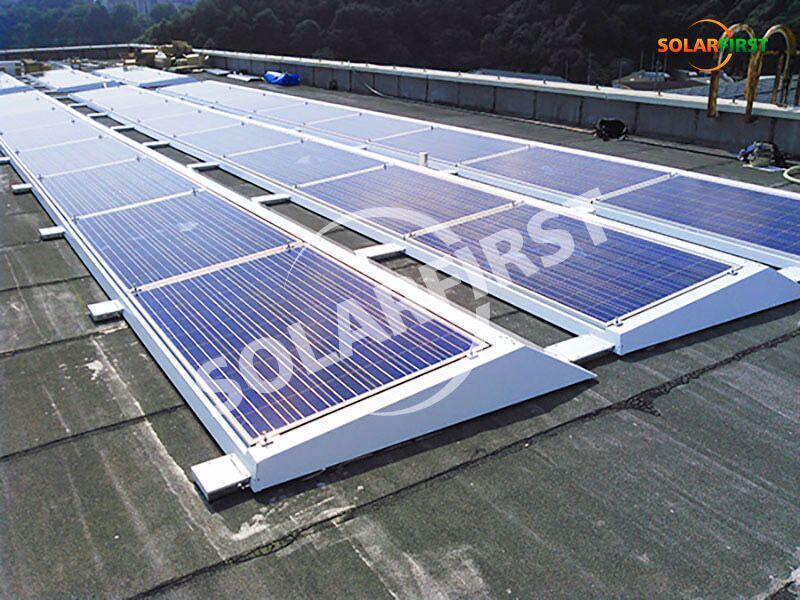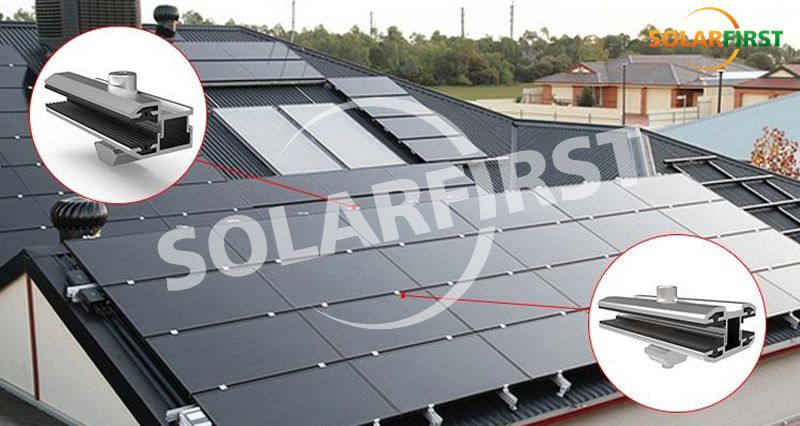Floating solar farms have emerged as a groundbreaking solution to the challenges posed by land scarcity for conventional solar installations. By utilizing water bodies such as lakes, ponds, reservoirs, and even the open sea, these innovative systems open up new possibilities for renewable energy generation. This column delves into the intricate technical considerations involved in the design and implementation of floating solar farms.
Floating solar farms, also known as floating photovoltaic (FPV) systems, represent a synergy of engineering and environmental considerations. Their unique design and deployment require careful planning and execution to ensure efficiency, durability, and minimal environmental impact. Floating Solar Pv Mounting System

The success of a floating solar project hinges on selecting an optimal location. Engineers must assess water depth, wind patterns, and proximity to grid connections. Additionally, environmental factors, including impact on aquatic life and adherence to land use restrictions, play a pivotal role in site selection.
Designing the floating platforms is a critical aspect that demands a balance between buoyancy, stability, and durability. Engineers explore materials such as high-density polyethylene or reinforced concrete, tailoring designs to meet specific location requirements. Modular designs that facilitate easy installation, scalability, and maintenance are often preferred.
Choosing suitable solar panels is vital for maximizing energy output. Considerations include panel efficiency, durability, and resistance to environmental factors like humidity and salinity. Innovations such as bifacial solar panels, capable of capturing sunlight from both sides, are gaining prominence in the floating solar landscape.
Ensuring the stability of floating solar arrays necessitates robust anchoring systems. Engineers must account for variations in water levels, wave action, and adverse weather conditions. Adjustable anchoring mechanisms provide flexibility to adapt to changing water levels and environmental dynamics.
The electrical components of a floating solar system, including inverters, transformers, and power transmission to the grid, require careful consideration. Engineers focus on developing systems that can withstand challenges posed by the aquatic environment, incorporating corrosion-resistant materials and effective insulation.
Mitigating the environmental impact of floating solar farms is integral to their sustainable implementation. Engineers implement measures such as anti-reflective coatings on solar panels to minimize glare, create artificial habitats for aquatic life, and monitor water quality.
Regular maintenance is essential for the longevity and efficiency of floating solar systems. Engineers explore innovative solutions for automated cleaning mechanisms, addressing challenges like biofouling that can impact both floating platforms and solar panels.
Floating solar farms represent a paradigm shift in renewable energy deployment. The technical considerations involved in their design and implementation necessitate a multidisciplinary approach, incorporating expertise in engineering, environmental science, and renewable energy. As technology advances, the potential for harnessing solar power above the waves continues to grow, contributing to a more sustainable and diversified energy future.
This site uses Akismet to reduce spam. Learn how your comment data is processed.

Solar Panels Car Port Interested in getting blog post updates? Simply click the button below to stay in the loop!